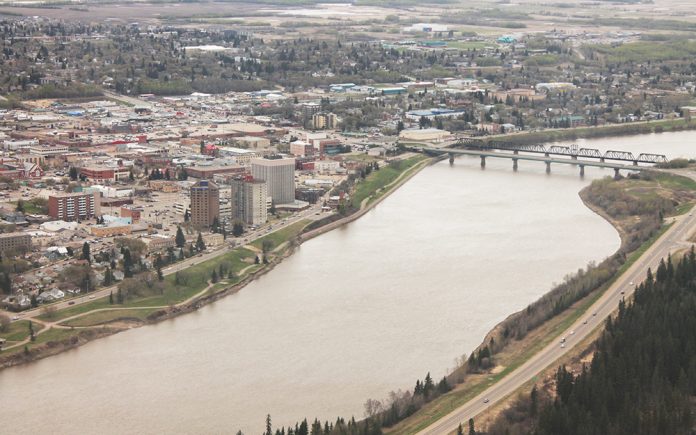Prince Albert has added about 200 jobs since last year, but the city’s seasonally unadjusted unemployment rate has jumped by 0.8 percentage points, the latest labour market estimates from Statistics Canada show.
This time last year, P.A. had an estimated labour force (people either working or actively looking for work) of 21,900. This year, that figure has grown to an estimated 22,400.
Despite that growth in the job market, only an estimated 200 jobs were added since end of July 2017. That discrepancy is seen in the larger number of people who are listed as unemployed, and the smaller number listed as not in the labour force, meaning they’re neither working nor looking for work.
The increased number of unemployed people (jobless and looking for work) is reflected in the rise in the unemployment rate.
While the number of jobless seems to have taken a large leap month-to-month, the local data can’t be accurately compared, as it doesn’t take seasonal factors into consideration.
Provincially and nationally, though, the national statistics agency did release seasonally-adjusted numbers that show positive trends nationwide and a shrinking job market in only Saskatchewan and Manitoba,
Alberta saw a dip in full-time jobs, offset by an increase in part-time work.
Month-over-month, Saskatchewan’s employment fell by 4,200, bringing the unemployment rate up 0.3 percentage points to 6.6 per cent. Compared to last year, employment was essentially unchanged.
Saskatchewan also saw a significant dip in full-time work, with about 7,700 fewer full time jobs compared to June. The province, though did add about 3,700 part-time jobs. Year-over-year, full time work fell by about 600 positions, while part-time employment went up by about 100 people.
In Manitoba, employment fell by 3,600, but with fewer people looking for work, the unemployment rate remained virtually unchanged.
Nationally, employment rose by 54,000 in July, mostly due to increased part-time work. The unemployment rate fell to 5.8 per cent . Compared to last July, 246,000 more people are working across the country, an increase of 1.3 per cent. Those gains were mostly due to growth in full-time work.


